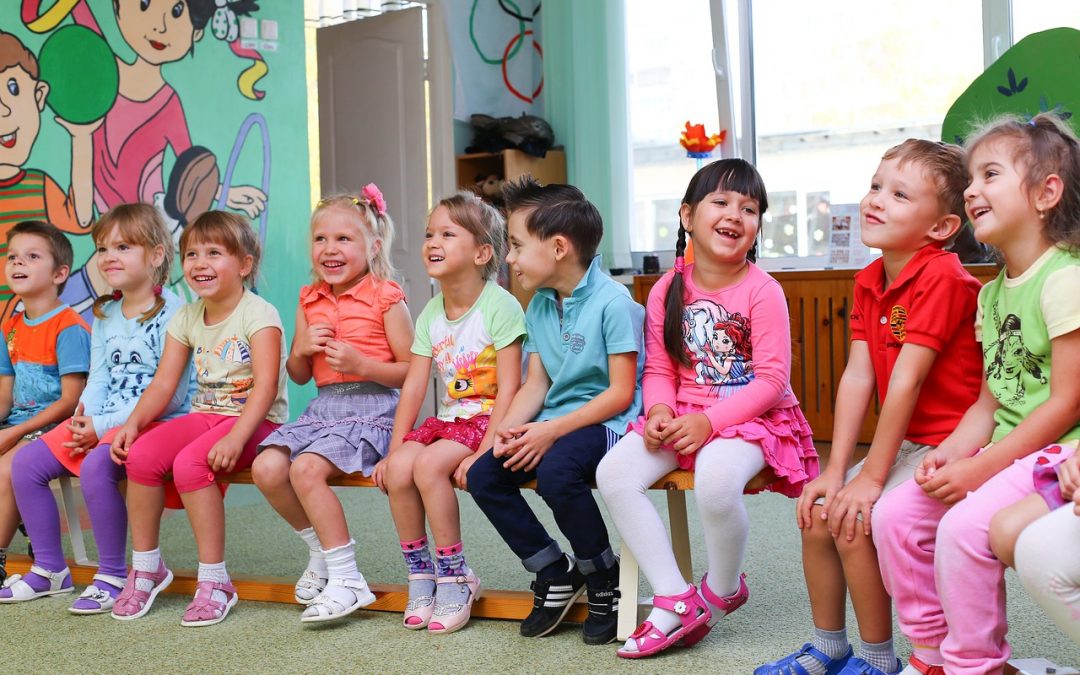As a language school manager I’m constantly approached by busy parents who would prefer their children to have no more than one language class per week. I consistently refuse, as both my personal experience and scientifically proven evidence (which I will refer to below) indicate that only systematic learning with a frequency of at least two sessions a week (the more the better) can bring any tangible results.
The reasons for that are simple and organically related to the mechanisms of human memory, which can be defined as the ability to memorise, i.e. to store and retrieve different types of information. The final stage of the memorisation process involves active content recall. To avoid the trap of the forgetting curve and to help learners not only remember any information but also successfully retrieve it, the teaching process must involve a proper repetition system. The first repetition should take place at the end of a class. Another – on the following day (this is why parental engagement, for example in the form of playing a course audio CD on the way to preschool is really crucial), then after three days, one week and one month.
For a language course to be highly effective, classes must take place twice a week, as this frequency is consistent with the way human memory works. What is more, by clever content distribution and delivery we can eliminate the effect of Ebbinghaus’ forgetting curve – which is why I recommend choosing a good method of teaching young learners. As shown in experiments conducted by Ebbinghaus, author of the so called forgetting curve, in just one hour a typical human brain forgets up to 56% of the previously studied material. After the next nine hours we lose additional 8% of acquired knowledge. After one day we retain only 33% of what we have learned, after two days – only 28%, after six days – 25% and after 31 days – only 21% (which is roughly 1/5 of the initially memorised material). Thus, initial repetitions should take place as early as possible after having learned new material, which is why each lesson must end with a short revision. Otherwise students will forget most of what they have learned as soon as they leave the classroom. Moreover, according to data discussed above, in a one-session-per- week learning system teachers are faced with the Sisyphean task of teaching the same material over and over again.
To overcome the forgetting curve, we must create favourable learning conditions, taking into account that both we and our students:
- memorise better, when we study more often (a one class a week system is contrary to this rule),
- memorise better, when we divide material into smaller chunks, (which is why course content should be divided into modules, with sessions taking place twice a week; weekly classes, although longer, do not result in more information being memorised or in better language skills – see discussion of the forgetting curve – this is pure math!)
- can more easily retrieve information in conditions similar to those in which we were studying (reintegration process occurring in our classrooms)
- memorise better, when the number of repetitions is higher than necessary for the amount of content to be learned (as a teacher, I use a clear repetition system in the form of concise tables provided in the Teddy Eddie teacher’s book)
- memorise better, when the repeated information is meaningful to us,
- memorise better while repeating aloud
- memorise better, when we repeat the whole body of information rather than smaller parts (the totality principle)
- memorise better, when we are convinced that we can (confidence in own ability)
- memorise better, when we avoid any disruptions of the learning process*
Research data confirms that an appropriate teaching method contributes towards improved learning and teaching outcomes. As owners of language schools, methodology consultants and teachers, we try to foster processes that support the acquisition, memorisation and retention of knowledge. This is possible only with classes held twice a week, a carefully selected teaching
method and teacher-parent cooperation.
*See Dudley G., 1994, Jak podwoić skuteczność uczenia się. Techniki sprawnego zapamiętywania i przywoływania informacji [Double Your Learning Power: Master the Techniques of Successful Memory and Recall.] Wydawnictwo Medium, Warszawa.

This article was contributed by DOMINIKA MUŃKO, a teacher with over ten years of experience and a methodology consultant at Centrum Językowe Memo in Gorzów Wielkopolski; author of an original fast reading and memorisation method; a PhD student whose scientific and research interests focus on neurobiology, neuroeducation and neuropsychology as well as on the influence of educational innovations on the effectiveness of the teaching process. Last year, Dominika Muńko’s school became a Teddy Eddie Accredited Centre.

